But first, a reminder about my new lecture series: Heaven Bound—The Life and Art of Fra Angelico! (The two-for-one special ends this Sunday, August 31st)
Palazzo Strozzi and the Museum of San Marco are gearing up to host a spectacular celebrationof the work of Early Renaissance master Fra Angelico and I could not be more thrilled.
Called the 'poet of painters' and exalted by the Vatican as the patron of artists, Fra Angelico's painting is filled with so much soul, spirit, and light that it is not an exaggeration to call it DIVINE 💫
Beginning September 4th, I hope you will join me for an online series that dives deep into the life and art of this extraordinary artist against the backdrop of early-Medicean Florence. We will also explore both exhibition locations, which will prepare you for an in-person visit or simply make you feel as though you've been.
Our world is in desperate need of Fra Angelico's creativity and grace and I am looking so forward to sharing the love for this legendary artist with you all.
This summer, for the first time in a long time, I didn’t go on vacation. Instead, I did a house move and rode out the various heatwaves among boxes and packing tape. The last couple of weeks have been easier, unpacking is always better, and my new neighborhood has been in a gloriously torpid state, most of its residents having fled to the seaside as Ferragosto generally demands.
It has been nice to quietly and slowly ease into a new place, one on the very edge of the city, surrounded by so much green that my eyes are only now adjusting to its various shades after having been bereft of it for so long. My Merlin app has been updating me about all my new bird neighbors—the Eurasian Green Woodpecker, Sardinian Warbler, and the Short-toed Creeper being three of my favorites.
READ
Amidst it all, I have been reading—and looking back at my list I can see that I did indeed travel this summer, albeit mentally rather than physically.
I spent a good amount of time in Middlemarch, England, immersed in the lives of its residents and marveling at George Eliot’s ability to write such a poignant and universal story that stitched so many characters’ lives together while at the same time making it feel like a nineteenth-century soap opera. I miss the cast and crew already. There were plenty of (mostly medieval) Italian literature references throughout the novel and a few of the protagonists spend a short but significant time in Rome and the Vatican Museums, in particular. I was reminded that George Eliot travelled to Italy four times from 1860-1869 and for those of you who really want to nerd out I give you this interactive map of her journeys so that you, too, can indulge in some armchair travel.
Next up was the Irish village of Crossmore via Chloe Michelle Howarth’s Sunburn—a beautiful story of adolescent love and anxiety set in the early 1990s. The village is a character in itself, its pungent fields and pink light evoked in gorgeous detail, but also in its claustrophobic, tradition-laden side that threatened suffocation at every turn. I am grateful to the bookseller at the Gower Street Waterstones who pressed it into my hands earlier this year, grateful also to have read it when I needed the escape.
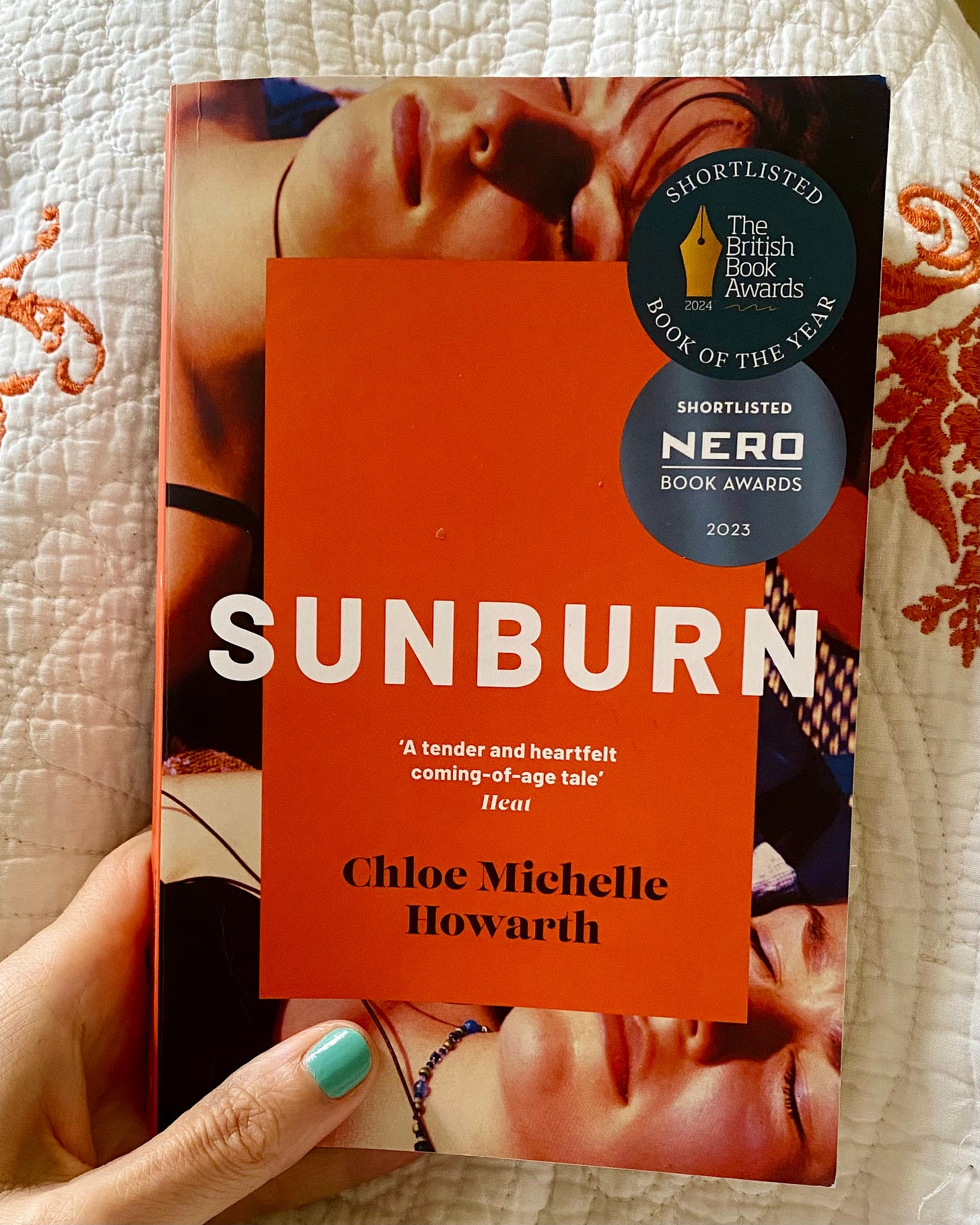
From Ireland I went to Oxfordshire with Clover Stroud’s memoir The Giant on the Skyline where we explored the physical terrain of the ancient Ridgeway but also more metaphorical ideas about the meaning of home and of belonging, and what it means to be part of a place. There is plenty of mysticism—fairies make an appearance as does the titular giant. Clover can be exacting in her descriptions of landscape while leaving a lot of room for us to feel the place rather than see it perfectly in our mind’s eye. One of my favorite passages is when she meets a woman who gives her a vial of liquid that Clover then tastes, swearing that it is the very essence of the land. As she contemplates her move away from this place, she is comforted by the liquid that can provide a ‘hit’ of home.
WRITE
Speaking of Clover Stroud, her ‘Write with Me’ sessions this summer have been a calm harbor during the chaos of the move. For a few weeks a group gathered on the daily to silently write together and sometimes share what we have been working on. It has been energizing and nourishing (and I have tried to keep my fan-girling to a minimum even though she and some of the other writers who have shown up to the sessions are among my biggest inspirations). It is going to continue into the autumn twice-weekly and I am already looking forward to the focused writing time.
WATCH
Though I am desperately trying to keep my screen time to a minimum, it hasn’t just been reading and writing lately. I dove into seasons three and four of the Neapolitan novels—Storia di chi fugge e di chi resta and Storia della bambina perduta—and may I just say: WOW.
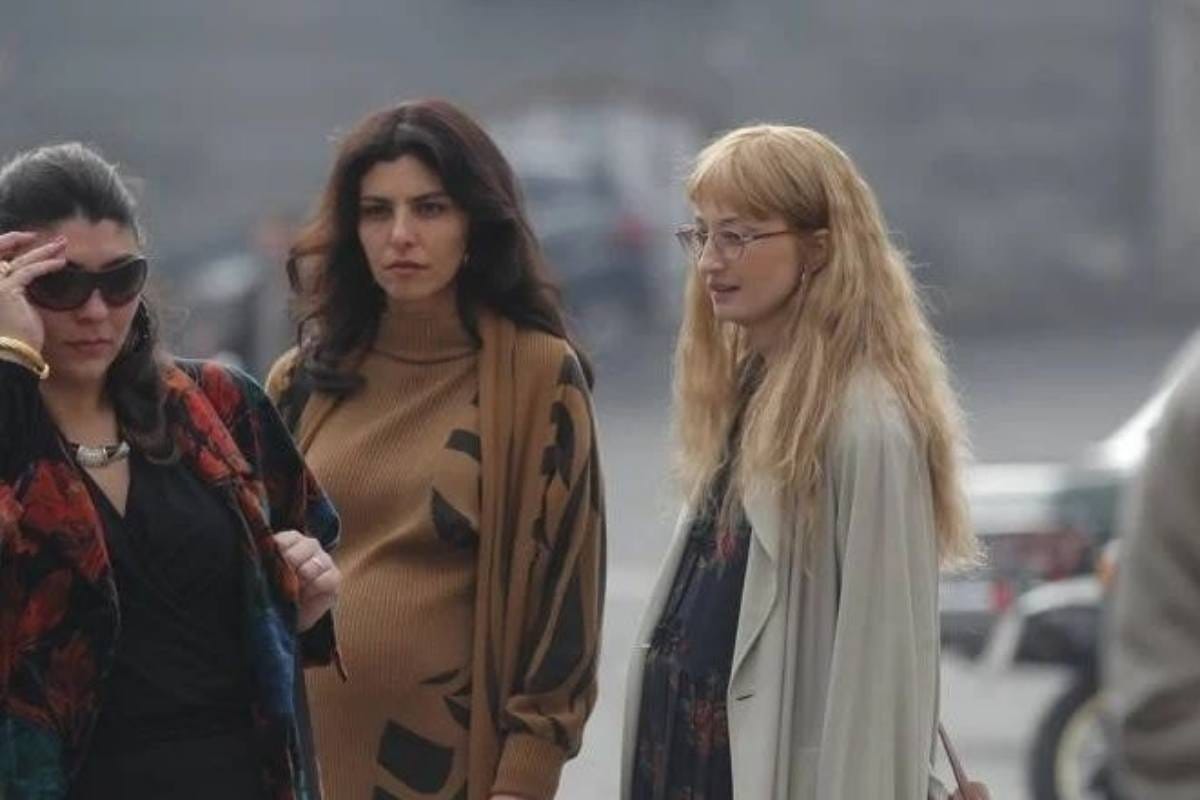
The Ferrante books are so important to me that I am always afraid when I watch the series I will be disappointed, but then I turn it on and I am reminded that the adaptations are pure, unadulterated genius. There is nothing I can say here that hasn’t already been said about this gorgeous, sweeping, breathtaking, beautifully-written, exquisitely-acted drama, so I will leave my impressions at this:
I had forgotten the depth of my hatred of Nino Sarratore—may every single curse known to womankind rain down upon him until the end of time.
As a side note, I listened to this recent podcast episode with Ferrante translator Ann Goldstein and was delighted to hear that she learned Italian in order to read the Divine Comedy* in the original. She gathered together some of her New Yorker colleagues and they had a language teacher come in for a year to give them Italian lessons before they then embarked on a years-long journey through the Commedia.
*Here I would be remiss if I did not plug my upcoming and highly-anticipated (by me!) series at the British Institute Le Donne di Dante: Representations of Women in the Divine Comedy.
DREAM
From 1980s Napoli I have also spent time in a dream state after finding my dream villa—not to live in but for me and my friends to renovate and turn into a cultural center where we will gather writers, readers, painters, gardeners, cooks, and all manner of creative souls. For now its location is a secret, but I will share a few tantalizing details so that you can dream this into being with me!



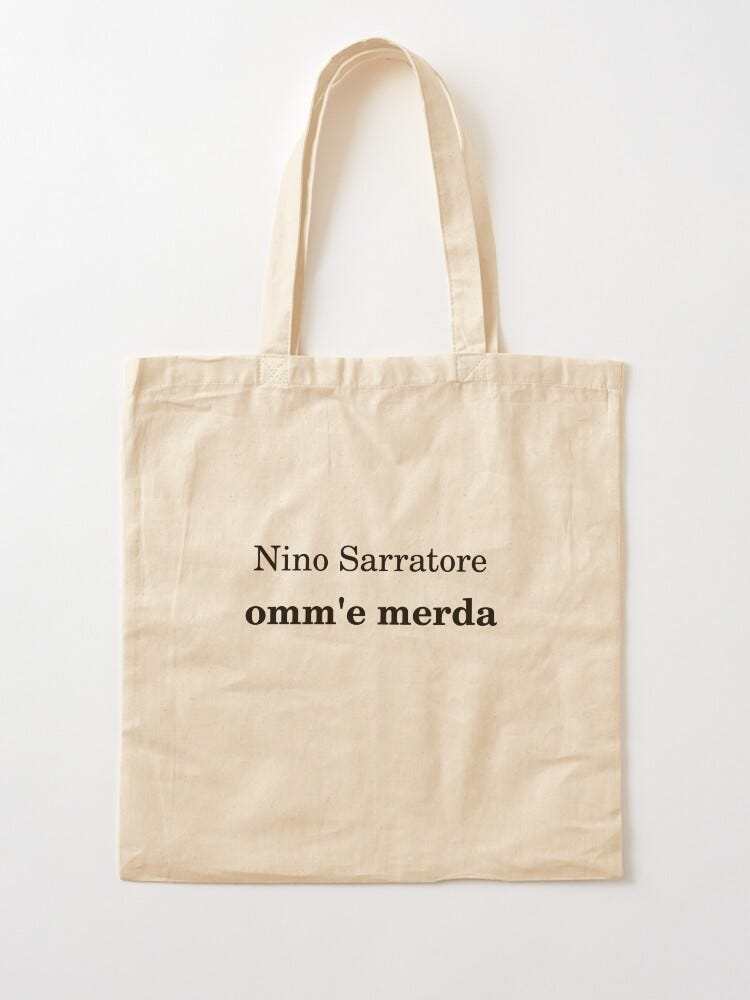
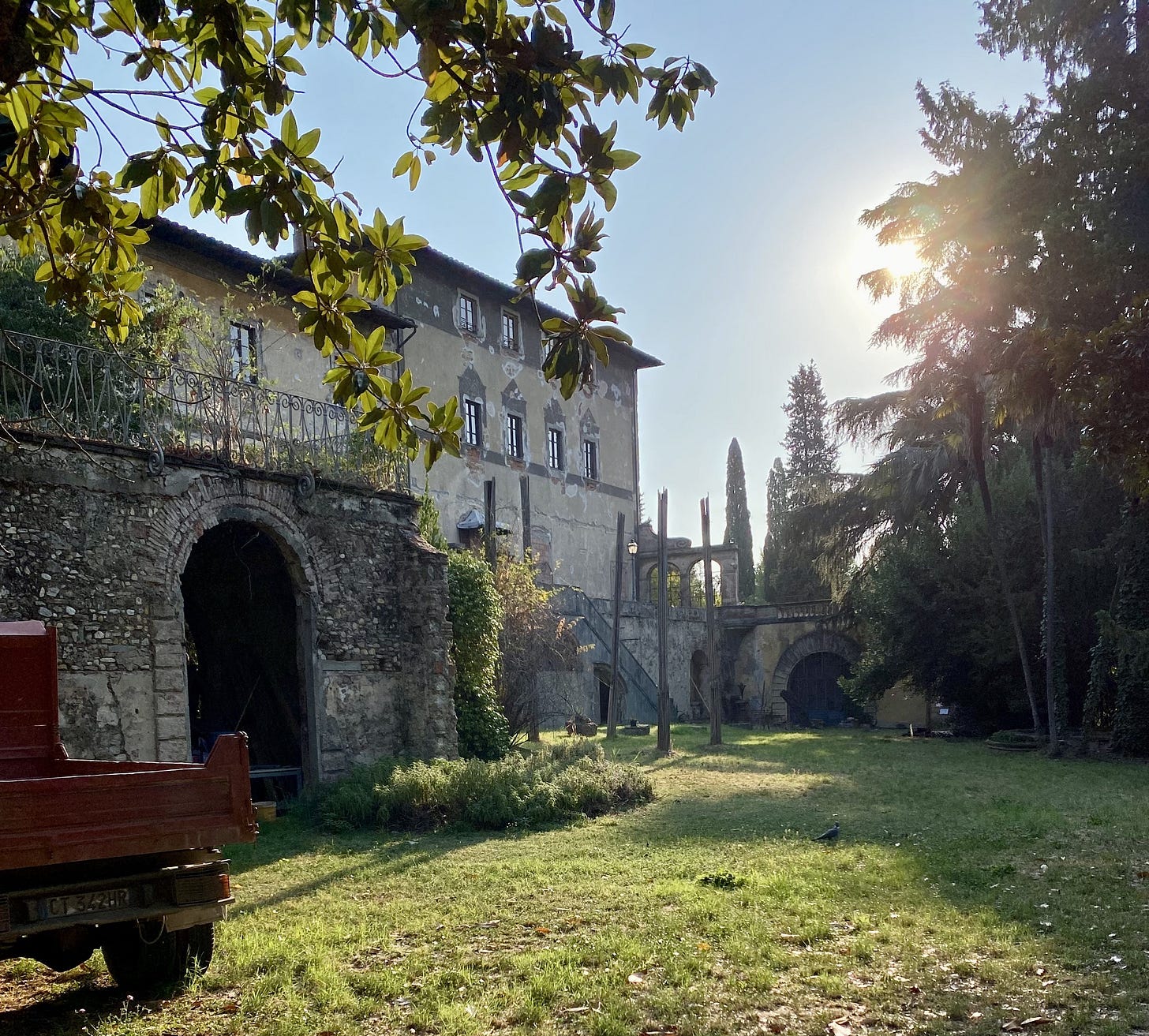
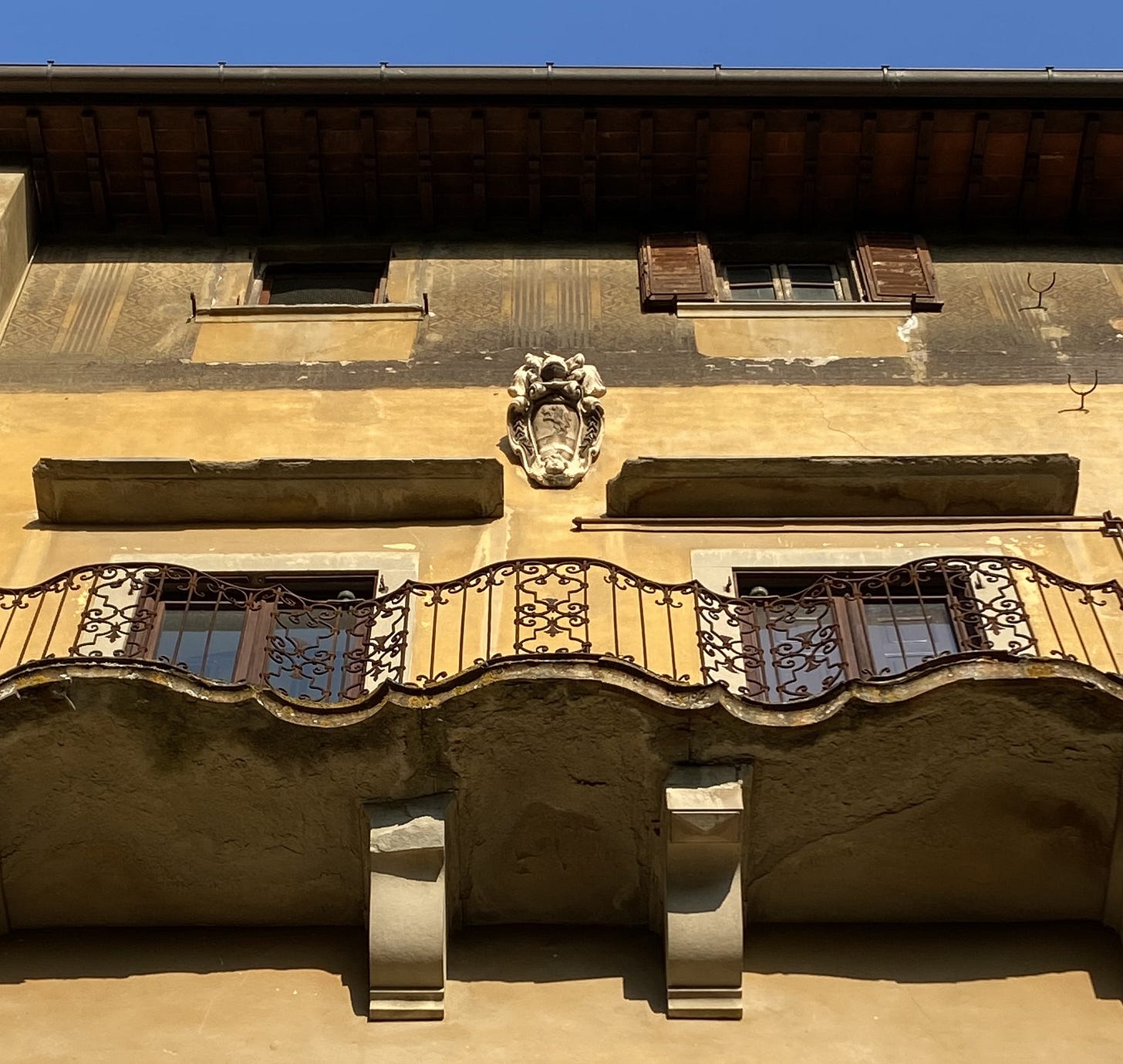
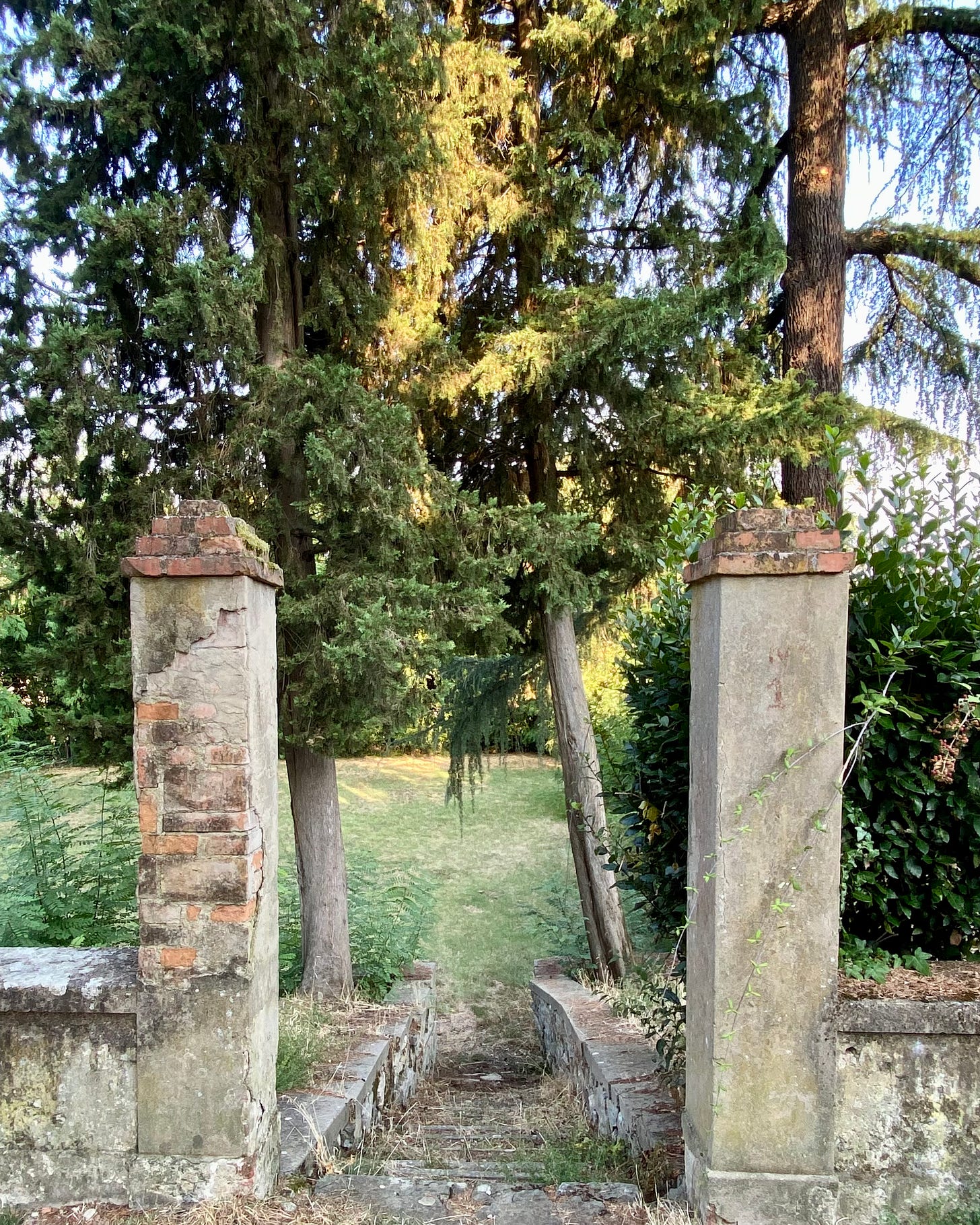
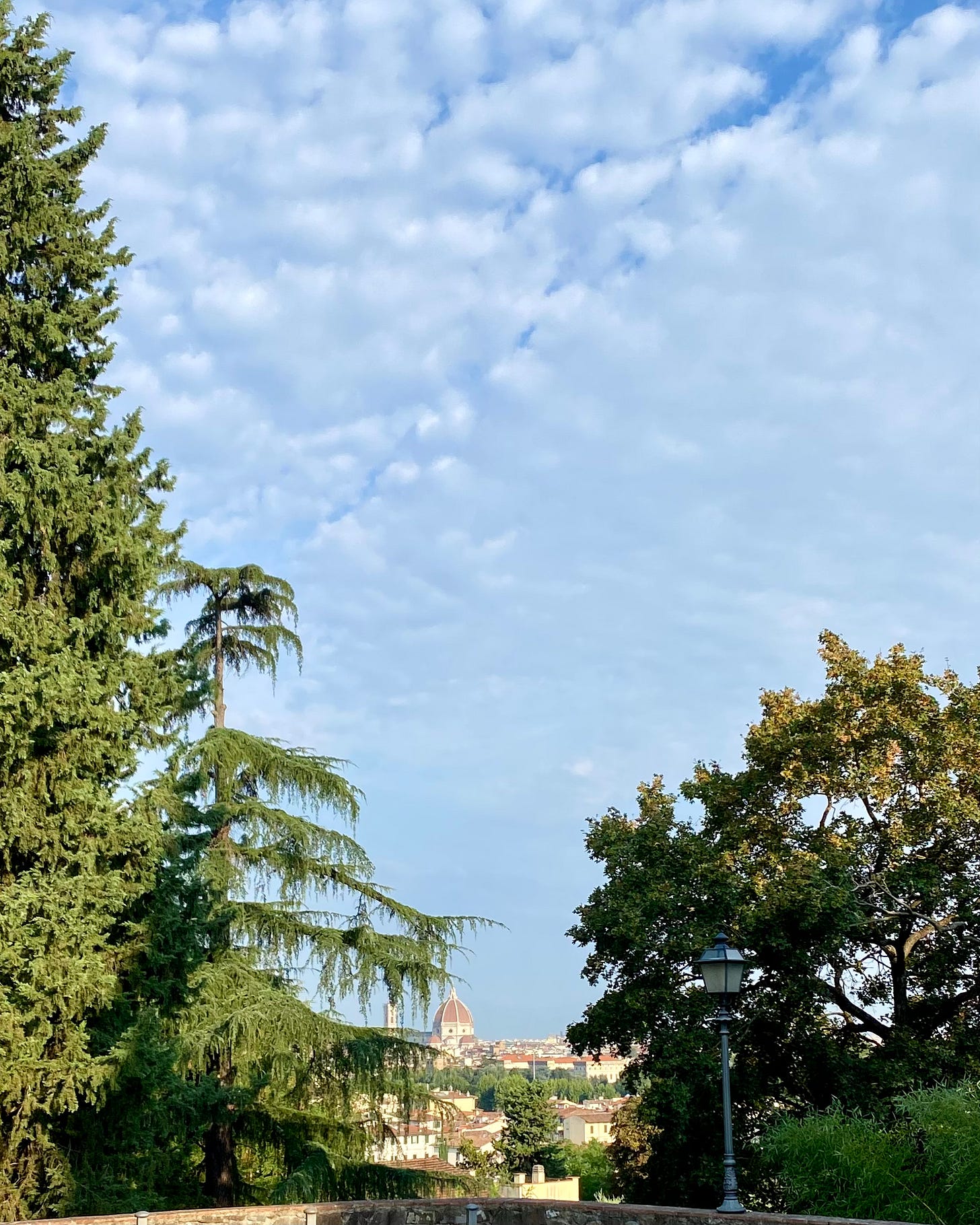
I just finished The Book Censor's Library by Bothayna Al-Essa. You may see it in the UK translation as The Guardian of Surfaces. I read it as part of a book group, led by a woman who works in translation (she translates French to English; this was translated by a friend of hers from Arabic into English). It is set in the near-future (or is it today) when literature is outlawed.
Oh, Alexandra, I'm dreaming with you! Amazing, amazing amazing idea... yes, please!!!